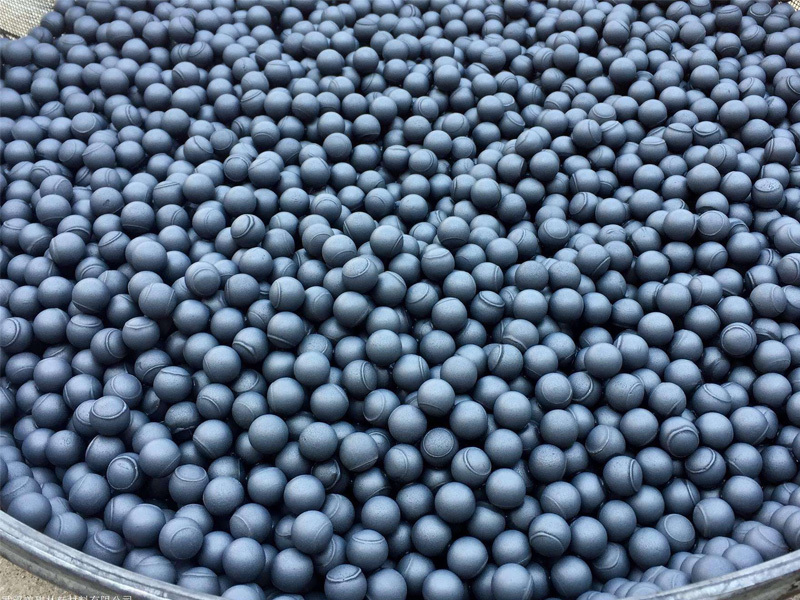What are the uses of recrystallized silicon carbide?
Release time:
2022-08-11
Recrystallized Silicon Carbide What are its uses?

Recrystallized silicon carbide, also known as recrystallized silicon carbide, uses high-purity ultrafine silicon carbide as a raw material. Under the protection of 2400 high temperature and a certain pressure, silicon carbide undergoes evaporation-condensation recrystallization, and a sintered body is formed by the co-growth of particles at the contact points of the particles. It basically does not shrink, but there is a certain number of pores. So what are the uses of recrystallized silicon carbide?
What are the uses of recrystallized silicon carbide?
Due to its stable chemical properties, high thermal conductivity, low thermal expansion coefficient and good wear resistance, silicon carbide has many other uses besides being used as an abrasive. For example, coating silicon carbide powder on the impeller or cylinder wall using special technology can improve its wear resistance and extend its service life by 1 to 2 times; high-grade refractory materials made from it have the advantages of anti-thermal shock, small volume, light weight, high strength, and good energy saving effect. Low-grade silicon carbide (containing about 85% SiC) is an excellent deoxidizer, which can accelerate steelmaking speed, control chemical composition, and improve steel quality. In addition, silicon carbide is also widely used in the manufacture of silicon carbide rods for electric heating elements.
Recrystallized silicon carbide: Silicon carbide is a hard, high thermal conductivity semiconductor that can resist oxidation at high temperatures.
What are the uses of silicon carbide?
(1) As an abrasive, it can be used as an abrasive tool, such as grinding wheels, oilstones, grinding heads, and abrasive tiles.
(2) As a metallurgical deoxidizer and high-temperature resistant material.
Recrystallized Silicon Carbide Silicon carbide has four main application areas: functional ceramics, high-grade refractory materials, abrasives, and metallurgical raw materials. Currently, silicon carbide raw materials can be supplied in large quantities and are not considered high-tech products, but they have high technical content.
(3) High-purity single crystals can be used to manufacture semiconductors and silicon carbide fibers.
[Place of Origin, Exporting Country]
(1) Place of origin: Gansu, Qinghai, Ningxia, Sichuan, Guizhou, Danjiangkou, Hubei, etc.
(2) Exporting countries: United States, Japan, South Korea, some European countries.
Recrystallized Silicon Carbide What are the classifications?
Silicon carbide products vary depending on their preparation methods, application fields, and morphology. As one of them, SiC is a high-performance material in the ceramic field, especially with high strength, high hardness, and high-temperature resistance. According to its sintering method, SiC can be divided into reaction-bonded silicon carbide (RBSiC), pressureless solid-state sintered silicon carbide (SSiC), liquid-phase sintered silicon carbide (LSiC), hot-pressed silicon carbide (HPSiC), and recrystallized silicon carbide (RSiC).
RSiC is a high-purity SiC product with certain strength produced using synthetic SiC powder as raw material. After the coarse and fine SiC powder materials are formed, the SiC powder evaporates at high temperature and condenses at the neck formed by the coarse particles. It does not shrink during sintering, so it has high porosity.




